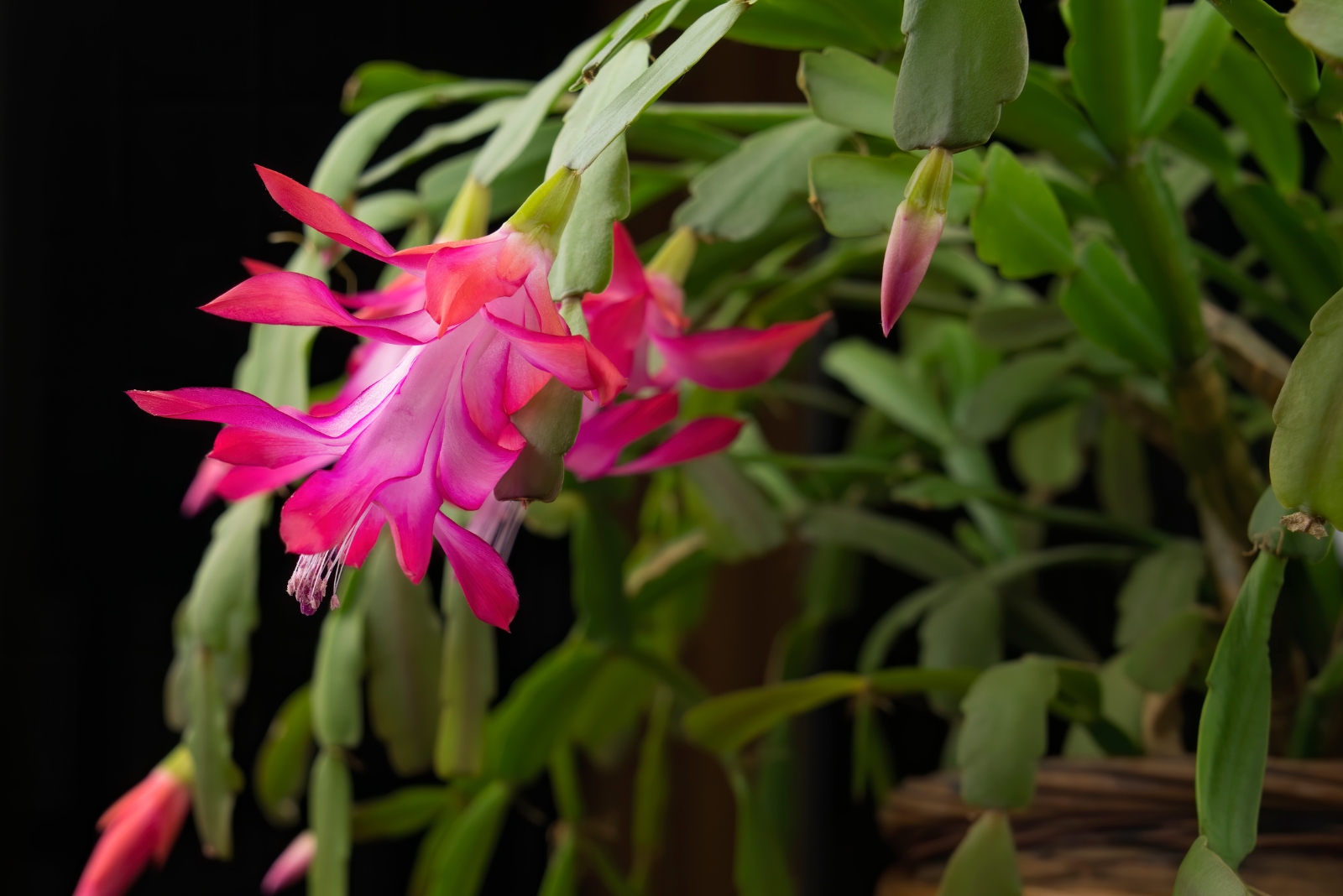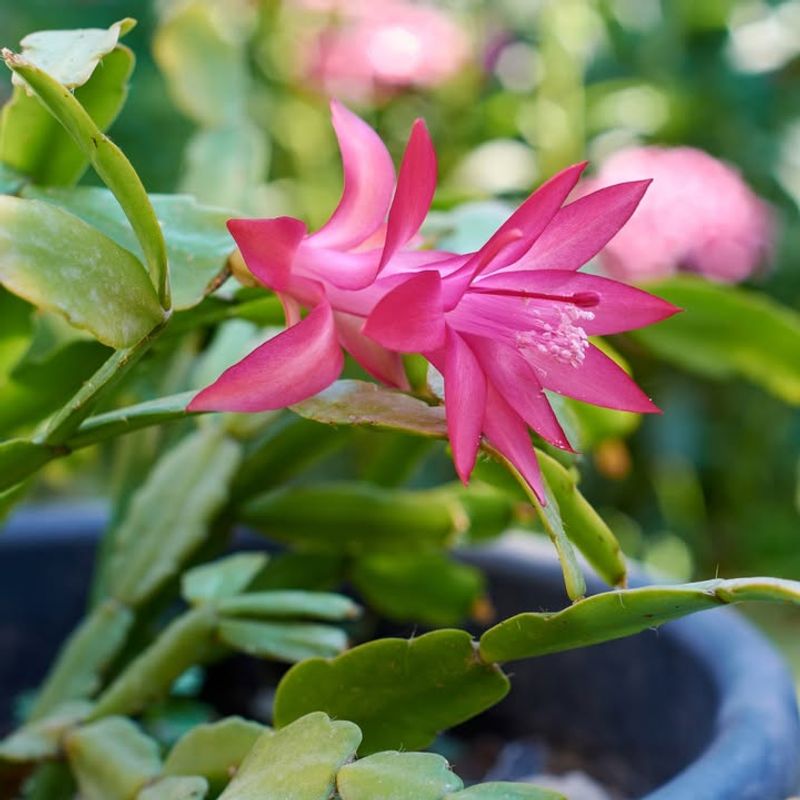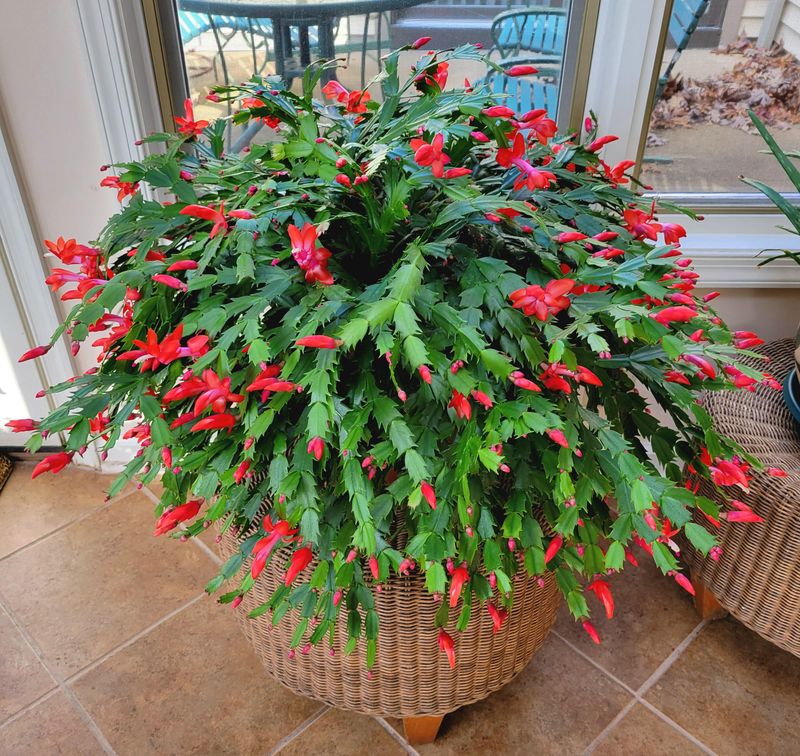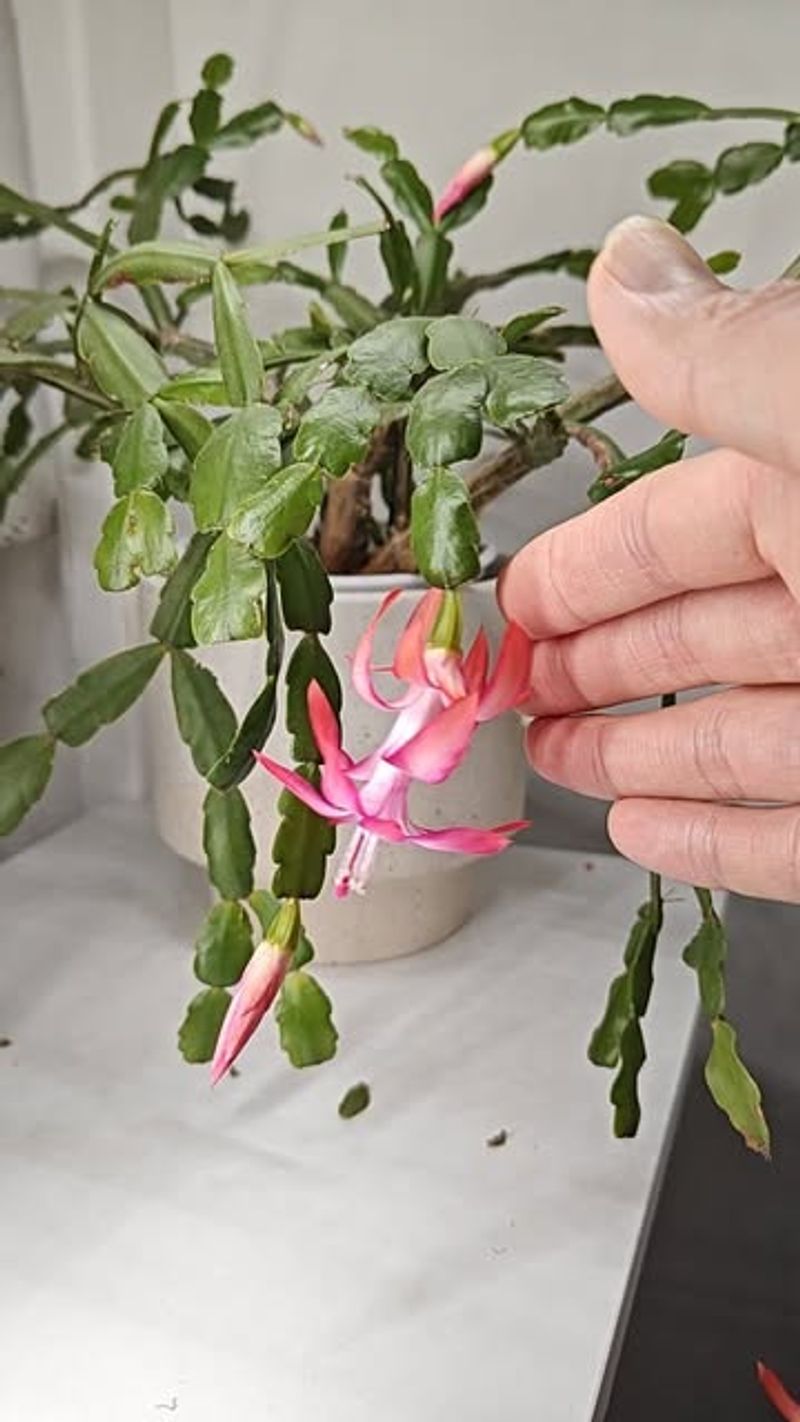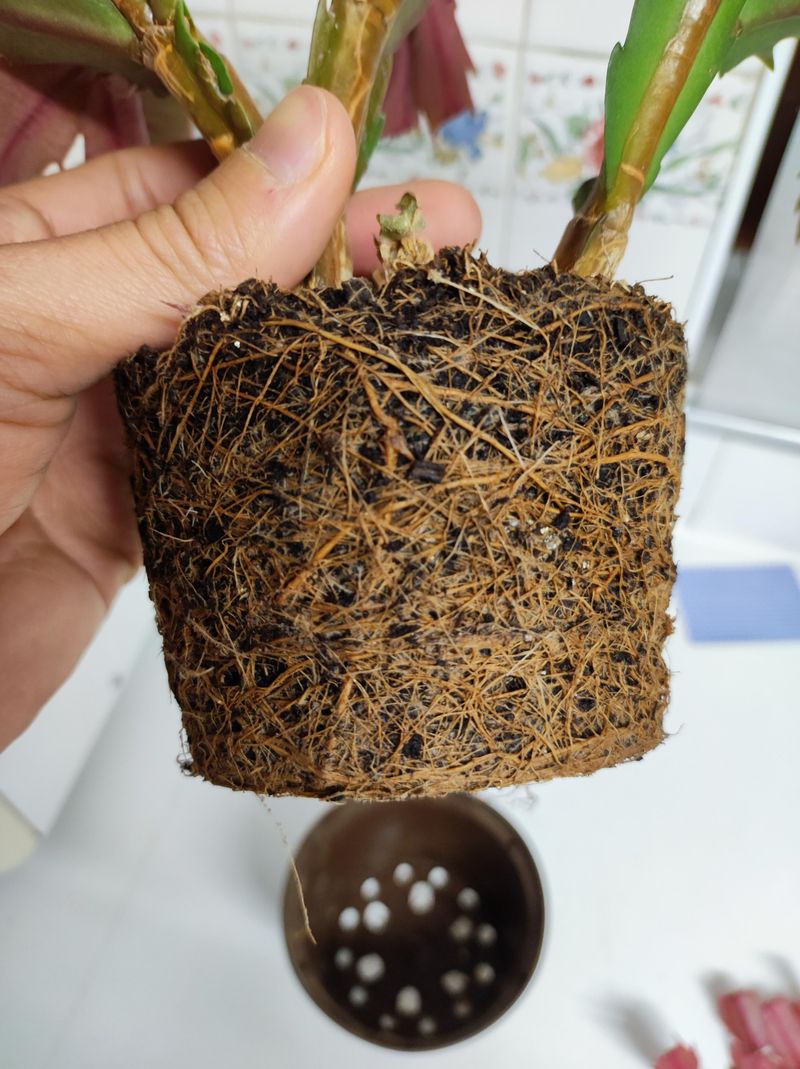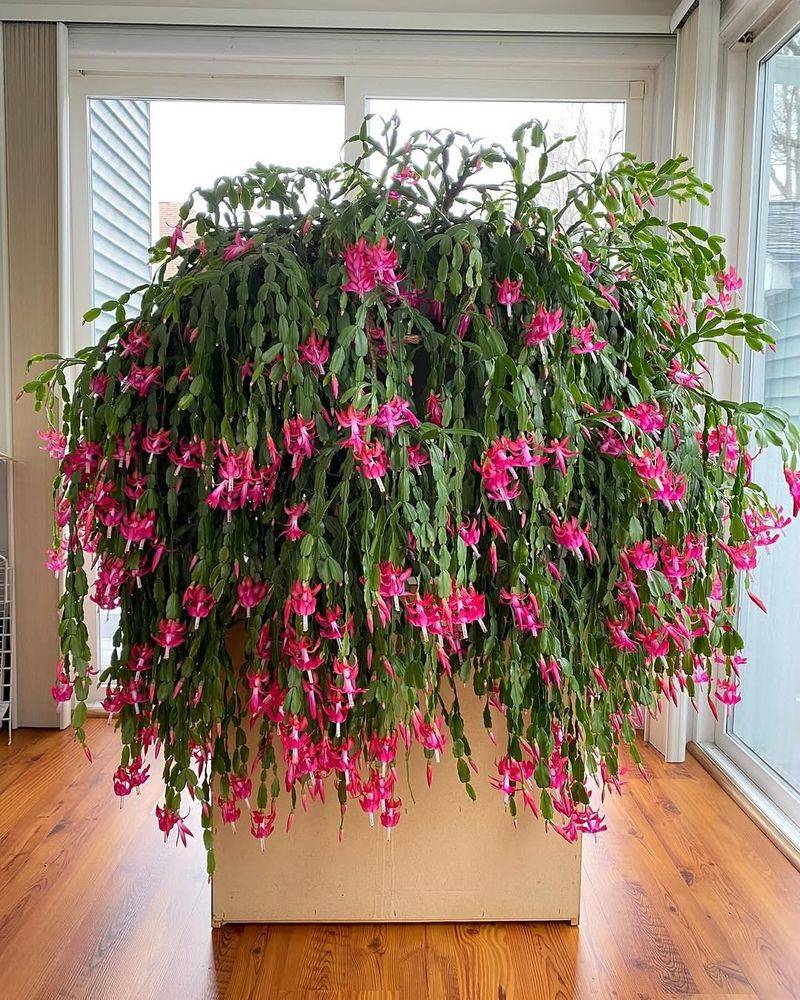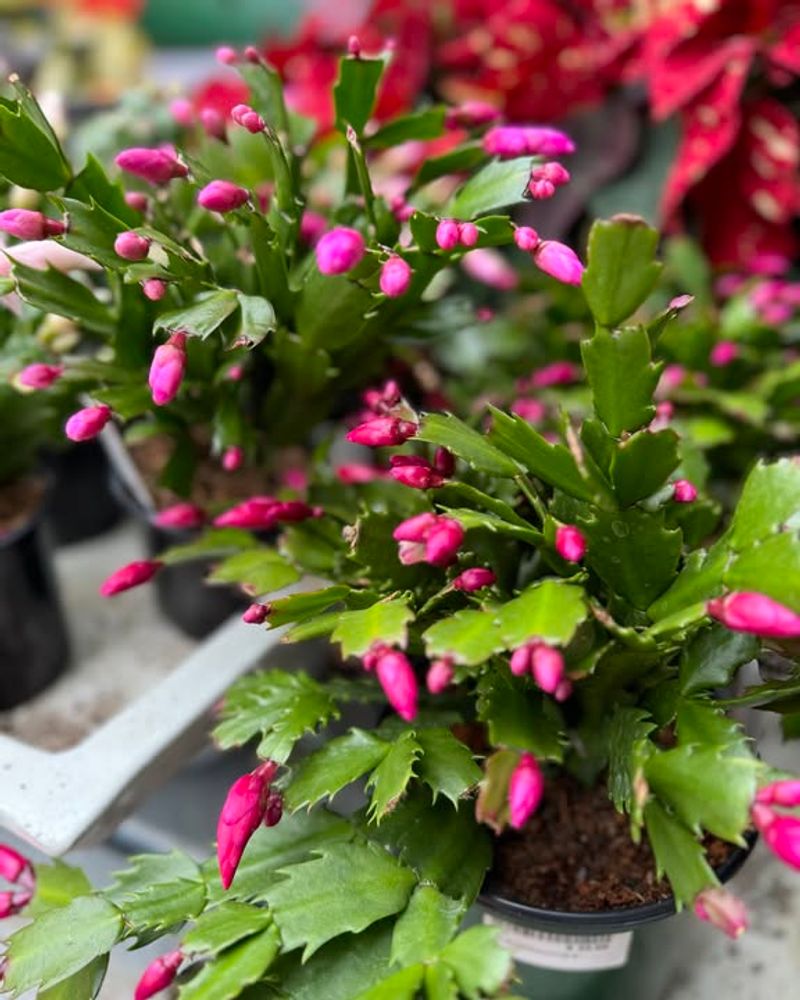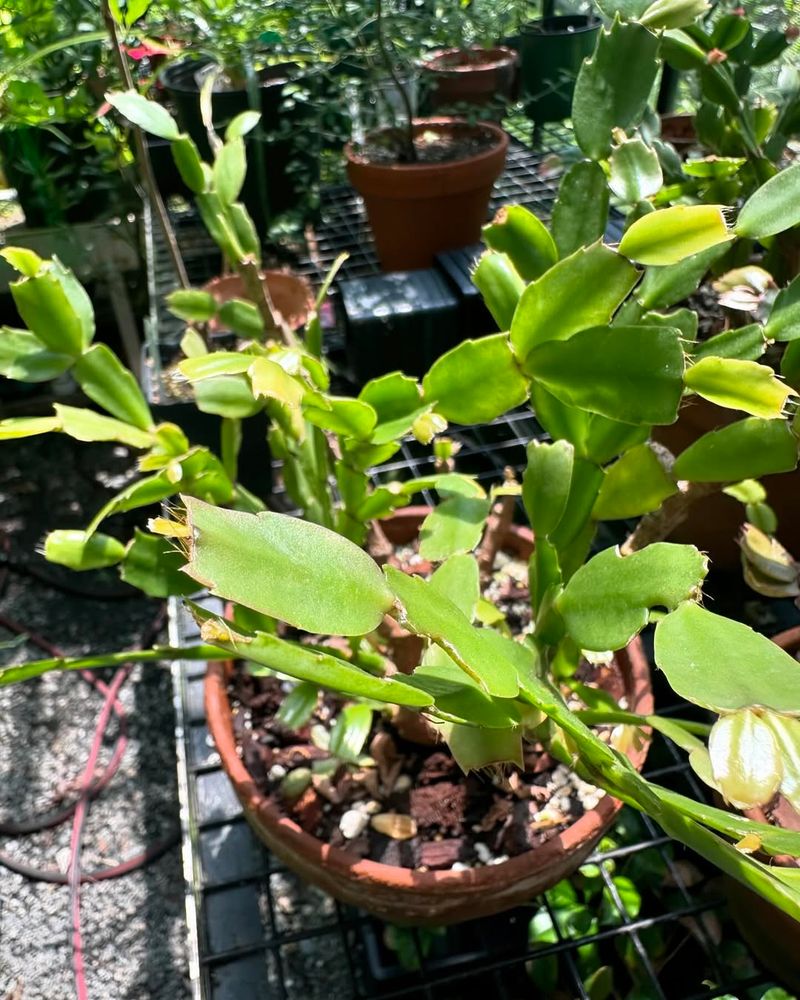North Dakota gardeners keep repeating a few Christmas cactus myths that somehow refuse to fade, and it still surprises me how confidently they get passed around every winter.
Some ideas sound believable enough to fool almost anyone, so it’s easy to see why these old cactus tales stick around even when the real facts tell a completely different story.
1. Christmas Cacti Need Desert Conditions to Survive
Many North Dakota gardeners treat their Christmas cactus like a desert plant, barely watering it and keeping humidity levels extremely low throughout the year.
Actually, these plants originally come from Brazilian rainforests where moisture is abundant, so they prefer regular watering and higher humidity than typical desert succulents require.
Your Christmas cactus will flourish much better when you maintain consistent soil moisture and occasionally mist the leaves, especially during North Dakota’s dry winter months.
2. Direct Sunlight Makes Christmas Cacti Bloom Better
Placing your Christmas cactus in a sunny south-facing window might seem like a good idea, but direct sunlight can actually damage the leaves permanently.
Bright, indirect light works best for these plants because they naturally grow under tree canopies in their native habitat, protected from harsh rays all day.
North Dakota gardeners should position their plants near east or north windows where gentle light filters through, preventing leaf burn while encouraging healthy bud development.
3. Cold Temperatures Will Harm Your Christmas Cactus
Some North Dakota plant owners worry that cool temperatures near windows will harm their Christmas cactus, so they keep it in the warmest room possible.
Cooler temperatures between fifty and sixty-five degrees actually trigger bloom formation, mimicking the seasonal changes these plants experience in their natural Brazilian mountain environment.
Exposing your cactus to slightly cooler conditions for several weeks in fall encourages spectacular flowering, so don’t be afraid of North Dakota’s chilly windowsills.
4. Repotting Every Year Keeps Christmas Cacti Healthy
Frequent repotting might seem beneficial, but Christmas cacti actually prefer being slightly rootbound and bloom better when their roots fill the pot snugly together.
Repotting every three to four years is sufficient for these plants, and disturbing them annually can reduce flowering and stress the plant unnecessarily.
North Dakota gardeners should only repot when roots are visibly growing through drainage holes or the plant becomes unstable, using well-draining soil mixtures specifically designed.
5. Fertilizing Year-Round Produces More Blooms
Constantly feeding your Christmas cactus throughout the year sounds helpful, but excessive fertilization can actually prevent blooming and cause weak, leggy growth instead.
These plants need a rest period during late summer and fall when reduced nutrients signal them to shift energy toward flower production rather than foliage.
North Dakota gardeners should fertilize monthly from spring through early summer only, then stop completely in August to encourage spectacular holiday blooms by December time.
6. Christmas Cacti Only Bloom Once Per Year
Most North Dakota gardeners expect their Christmas cactus to flower only during the holiday season, but proper care can actually trigger multiple bloom cycles annually.
With correct light exposure and temperature manipulation, these plants can bloom two or even three times each year, producing flowers in spring or summer too.
Providing your cactus with six weeks of longer darkness periods and cooler temperatures can restart the blooming process, delighting North Dakota households beyond just wintertime.
7. Tap Water Is Perfectly Fine for Christmas Cacti
Using regular tap water seems convenient, but the high mineral content and chlorine found in many North Dakota municipal water systems can damage Christmas cactus leaves.
Brown tips and edges often develop when plants receive water with excessive salts, fluoride, or chlorine, which accumulate in the soil over time slowly.
Filtered or distilled water works better for these sensitive plants, and letting tap water sit overnight allows chlorine to evaporate before watering your North Dakota cactus.

